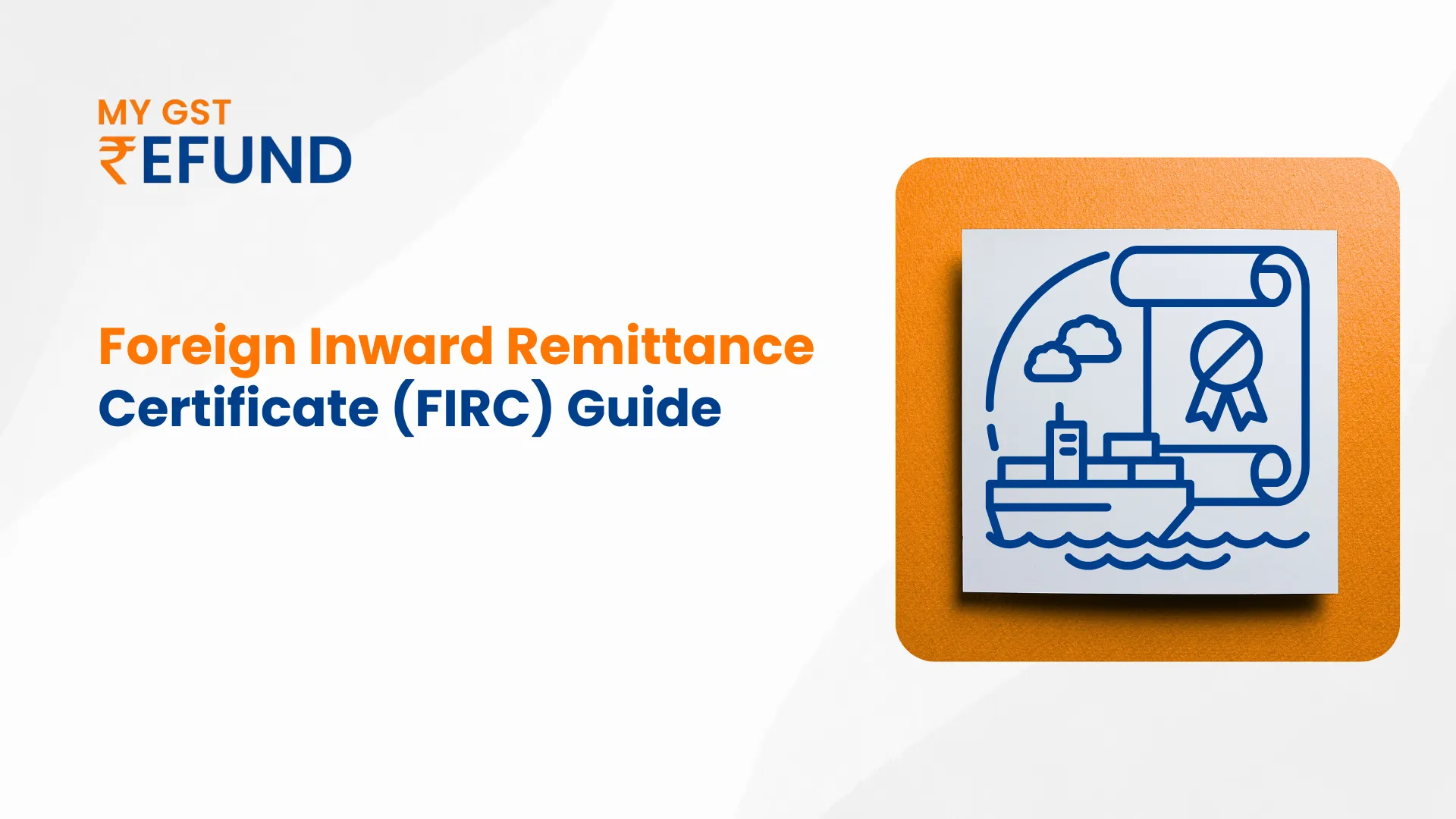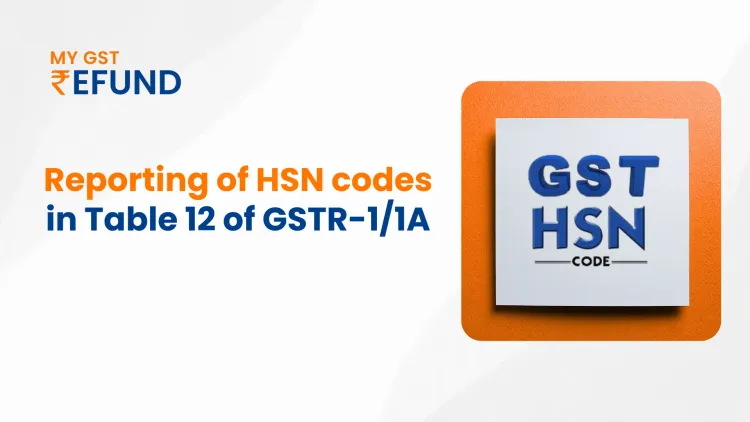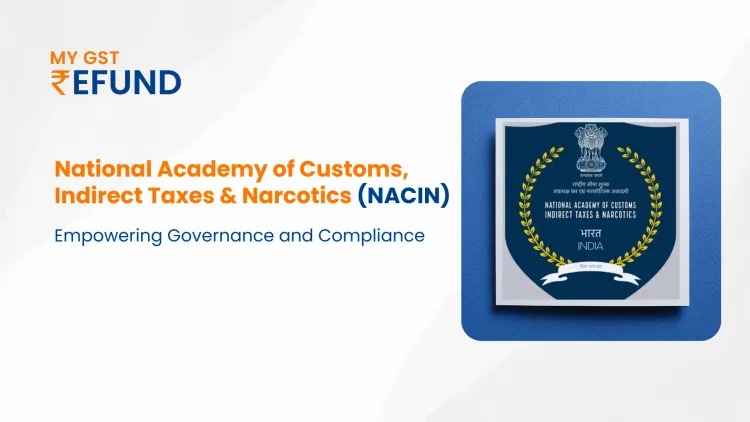Everything You Need to Know About FIRC (Foreign Inward Remittance Certificate)
In today’s globalized business environment , receiving payments from foreign clients has become normal for export industries, service providers, and freelancers. At the point when these payments need to be officially documented, a unique document enters the play : the Foreign Inward Remittance Certificate (FIRC).
FIRC is not a simple formality but is an important statutory document for tax compliance and record-keeping. Understanding FIRC is crucial for the smooth conduct of business, whether you are an exporter or a freelancer.
What is an FIRC?
FIRC means Foreign Inward Remittance Certificate. This certificate is a formal document signed by the banks in India to authenticate that a person or a firm has received money from overseas. The role of the FIRC in India is as follows:
- Purpose of an FIRC in India:
The FIRCs serve as proof of inward remittances. FIRCs are essential for businesses to claim any benefits with respect to FEMA compliance and GST refunds from time to time.
- Issuing Authorities:
FIRCs are issued by banks categorized as Authorized Dealer (AD) Category-I by the Reserve Bank of India (RBI). These banks are allowed to undertake foreign exchange transactions.
Why is an FIRC important?
1. Proof for the Remittance Received from Outside:
The only proof indicating the legality of the reception of foreign currency into India.
2. Need of Exporters, Service Providers, and Freelancers:
FIRC is required by these export fields in treatment, as well as for freelancers, to show the income being earned legitimately from foreign clients.
3. The requirement of regulatory and GST refund:
Generally, for obtaining a GST refund for the export of services, an FIRC is needed to prove the receipt of payment in convertible foreign currency.
4. Importance Under FEMA Compliance:
All foreign transactions need to maintain appropriate documentation under the FEMA law. FIRC would substantiate such compliance with other such legal frameworks.
When Do You Need an FIRC?
You typically need an FIRC in the following cases:
1. Export of Goods and Services:
For claiming export benefits and complying with GST rules.
2. Receipt of Foreign Investments:
When receiving capital investment from foreign investors.
3. Settlement of Overseas Transactions:
To verify payment receipt for international business contracts and other cross-border dealings.
Process to Obtain an FIRC
Here’s a step-by-step guide to obtaining an FIRC:
1. Receive Inward Remittance:
Payment is received in your Indian bank account from a foreign party.
2. Request an FIRC from your bank:
Contact your bank’s foreign exchange (forex) department to request the FIRC.
3. Submit Necessary Documents:
You might need to provide:
- Invoice or agreement copy
- KYC documents
- Purpose code declaration
- Bank’s prescribed request form
4. Bank Processing and Issuance:
After verifying the documents and transaction, the bank issues the FIRC.
5. Timeline and Costs Involved:
Typically, it takes 5–15 working days. Some banks may charge a nominal processing fee.
Common Challenges in Obtaining an FIRC
1. Delay from Banks:
Processing delays due to documentation issues or bank backlogs.
2. Missing Documentation:
Incomplete or incorrect submissions can delay or reject your request.
3. Miscommunication on Purpose Codes:
Wrong purpose code declarations can cause compliance problems later.
Solutions and Best Practices:
- Always cross-verify the required documents.
- Confirm the correct purpose code based on the nature of the transaction.
- Maintain regular communication with your bank's forex department.
Digital Alternatives: What is an e-FIRC?
Introduction to e-FIRC:
e-FIRC is the digital version of a physical FIRC issued electronically by banks.
How It Differs from Physical FIRC:
Instead of a paper document, the bank issues an electronic certificate, which can be downloaded and shared easily.
Process and Benefits of e-FIRC:
- Faster processing time
- Easy tracking and record-keeping
- Accepted by regulatory authorities for compliance and refunds
- FIRC and GST Refunds
Role of FIRC in Claiming GST Refunds:
For businesses providing export services, GST refunds are only sanctioned when proof of foreign inward remittance is submitted—FIRC serves as that proof.
Link Between FIRC, BRC, and GST Compliance:
- BRC (Bank Realization Certificate) is often generated based on the FIRC and is submitted to authorities to claim export incentives.
- FIRC → BRC → GST Refund Compliance.
Without a proper FIRC, the entire chain for claiming GST benefits can collapse.
Best Practices and Tips
- Always mention correct purpose codes during remittance:
Ensure your foreign client uses the correct purpose code during payment. - Maintain Clear Communication with Your Bank:
Assign a relationship manager if possible for faster handling. - Keep All Documentation Handy and Updated:
Always maintain soft and hard copies of invoices, agreements, and communications. - Regularly Follow Up Until the FIRC is Issued:
Don’t assume the bank will process it automatically—stay in touch until you have the document.
Conclusion
FIRC is important to all who collect foreign funds for India. It is entitled to the infrastructural growth of the compliance, GST refunds, stricter financial records, and legal evidence. Whatever, you'll quite need it-being an old business or a new freelancer, issuing it properly will save you headaches of legislation and finance.
Final Advice: Record and articulate the good channel with your bank, and treat FIRC as one of your financial management strategies.
FAQs
What if I don’t receive an FIRC?
If you don’t receive an FIRC, you might face challenges in regulatory compliance, GST refunds, or even future foreign transactions. Follow up with your bank urgently and escalate if needed.
Can I get an FIRC for INR remittance?
No.FIRC is specifically for remittances received in foreign currency. Payments received in Indian rupees do not qualify for FIRC.
What is the difference between FIRC and BRC?
- FIRC proves receipt of foreign funds.
- BRC (Bank Realization Certificate) is issued based on FIRC and is mainly used to claim export benefits and incentives.
Is an e-FIRC valid for government compliances?
Yes, e-FIRC is fully valid for all regulatory purposes, including GST refunds, FEMA compliance, and export-related incentives.
Also Read : Common Issues in E-BRC Generation & Solutions
Related Posts








